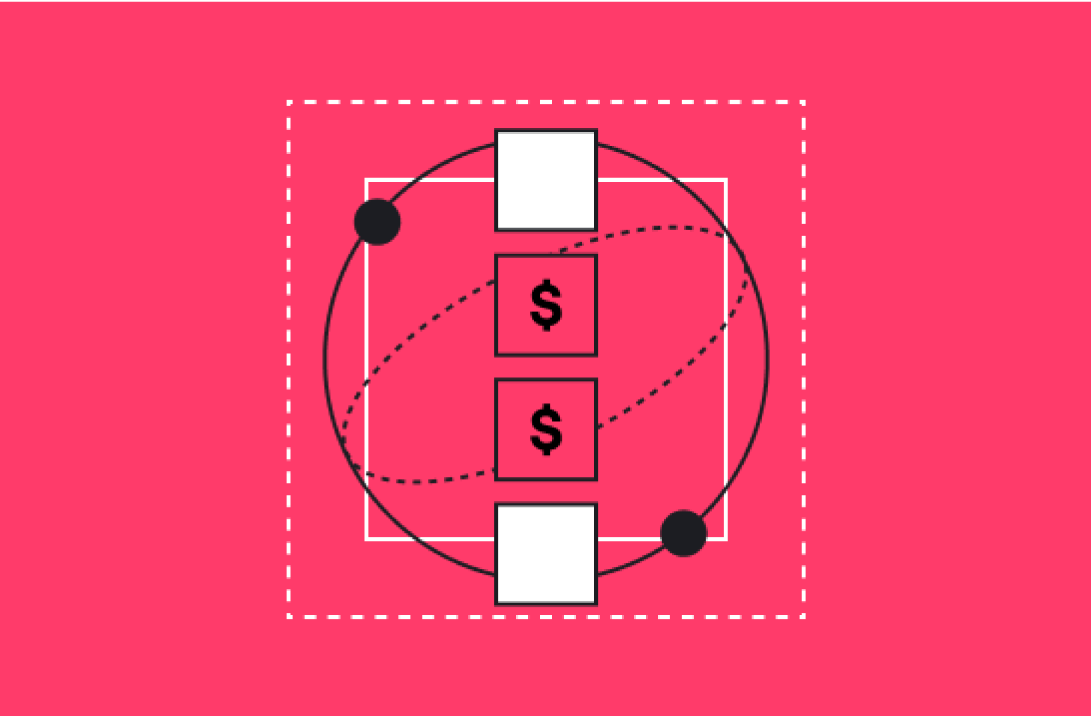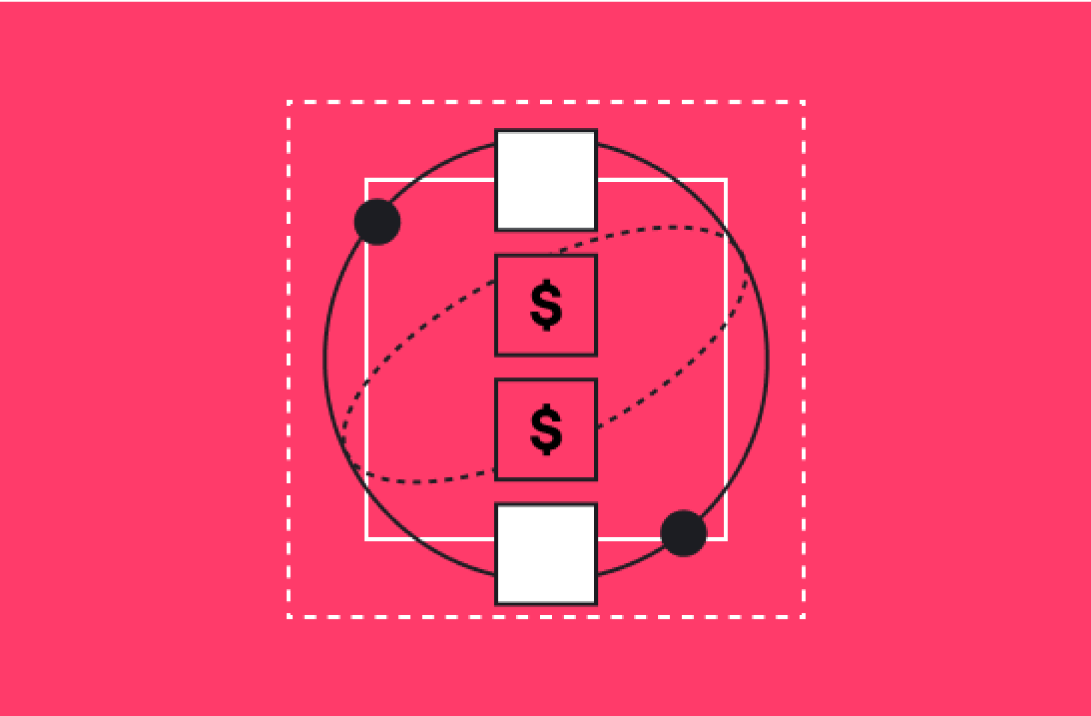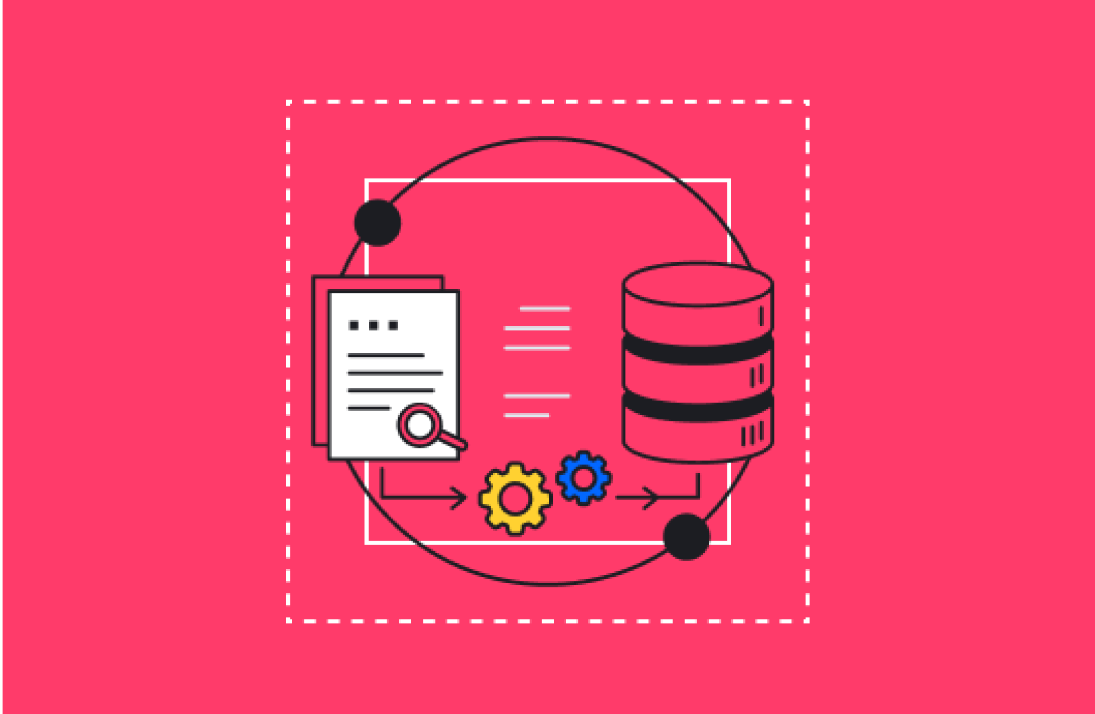Strategic growth isn’t about scaling fast—it’s about scaling smart. In today’s landscape, chasing growth for growth’s sake can create long-term risk. At Aptitude 8, we’ve worked with dozens of companies that outgrew their systems before they were ready. Whether you’re exploring ideas from a strategic growth forum or refining your internal growth strategy, this guide will help you understand how to build intentional, scalable momentum that lasts. From misaligned tech to poor planning, we break down why some businesses stall and how strategic growth sets the foundation for long-term success.
Growth for the Sake of Growth is Unsustainable
You’ve likely heard plenty of horror stories of startups who got too big for their britches. Flush with venture capital and riding a seemingly endless growth trajectory, overconfidence can set in, and that’s when people get sloppy.
In one study out of California State University, researchers learned that companies with the fastest revenue growth (an average annual sales growth of 167% over ten years) performed worse in terms of share price than their slower-growing competitors (those with an average annual sales growth of 26%).
Rapid growth can lead to some unforeseen consequences, including the following:
- Accumulation of overhead
- Lack of analytical decision-making
- Breakdown of the management structure
- Reduced quality of customer service
- Communication and project management problems
- Data silos and poorly placed technologies
- Too much focus on short-term gains
- Poor hiring decisions and employee turnover
But the pace of your growth isn’t the only indicator of success or failure. Plenty of fast-growing companies do just fine—many thrive. It all depends on how you allocate your resources and what strategies you have in place to manage and sustain that growth.
According to Forbes, nearly half of the fastest growing companies invest significant funds and time in training their sales teams, while only 29% of slow-growing companies do the same.
You can usually tell when growth is hurting your business. You may experience an uptick in customer complaints and HR problems, and your employees may become stressed. If you find that you can’t keep up with the demands of your customers and employees, it may be time to step back and create a growth strategy.
Implementing a Growth Strategy
Strategic growth is intentional growth. It’s the result of a strategic initiative rather than happenstance or uncontrollable market forces. Sometimes, companies get lucky and their product or service is an instant hit. But most of the time, companies need create a growth plan ahead of time, then implement it.
The four basic growths strategies are:
- Market Penetration
- Product Development
- Market Development
- Diversification
Market Penetration involves expanding your share of an existing market with an existing product or service. This is most often accomplished through lowering prices and increasing your marketing efforts.
Product Development involves the creation of new products or services to serve an existing market. For example, if you provide businesses with SaaS, you could expand upon your product by adding new capabilities or create a new software product that you believe your existing customers would pay for. You can also expand upon your existing customer service initiatives.
Market Development is the process of introducing your products and services to new markets. New markets can be categorized by almost any type of demographic information (age, gender, etc.), by region, or by more specific market segments.
Finally, Diversification is the creation of an entirely new product for an entirely new market. This injects a great deal of uncertainty into your growth strategy and comes with a high level of risk, but it can also provide you with a substantial payoff.
These are the most commonly-recognized strategies for achieving growth by tapping new markets and delivering new products and services. But if you want your growth to be sustainable, you must look internally as well.
Preparing for Growth Internally
If you’ve gotten this far, you’ve already adopted some essential technologies and implemented internal processes to help you deliver for your customers. You may have even established your own set of best practices for doing business.
These are all positive steps, but legacy systems and old processes can cause problems if they aren’t updated to accommodate your growth. An old technology that was great for a small team may not be ideal for a multitude of teams and an army of contractors. If you’re bringing a new product or service to market, or if you’re tapping into an entirely new market, you’ll need to leverage the right channels if you want to maintain your momentum.
There are hundreds of sales and marketing technologies on the market which can help you grow, but navigating them is becoming a challenge. Each requires your team to learn a new system and adopt new processes. To ensure your systems are scalable and aligned with your strategy, explore our HubSpot implementation services.
If you’re evaluating how to align your systems and people with long-term objectives, contact our team to discuss your current growth challenges.We work with companies across industries to help them leverage all sorts of technologies to enable growth, including marketing, sales, and operational technologies.






